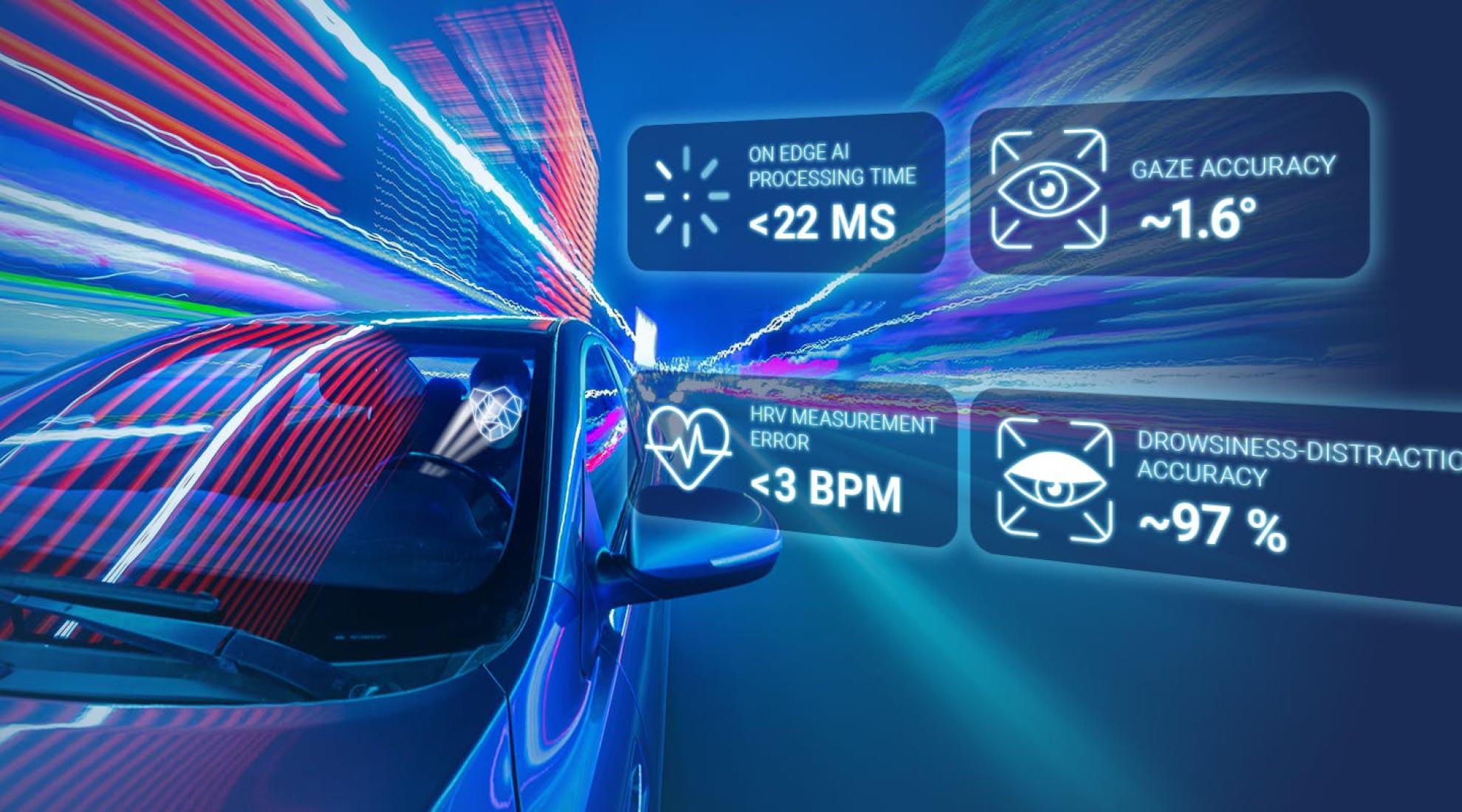The silent co-pilot watching over your health

The next generation of driver-assistance systems could monitor driver health to prevent accidents.
Modern cars are equipped with a wide range of safety features designed to reduce accidents and make driving safer. They monitor whether we are becoming drowsy at the wheel or if we are likely to brake in time when an obstacle is detected. If not, the vehicle can initiate a partial or full automatic brake, a feature that has been mandatory for all new cars sold in the EU since 2024.
These safety systems help to mitigate one of the most significant risk factors on the road: inattention and distraction. In order to achieve the EU’s ambitious Vision Zero goal of eliminating road fatalities by 2050, more advanced solutions will be needed. But what solutions can technology offer when a driver suffers a sudden medical emergency, such as a heart attack?
Monitoring health signals contact free
A new development from the Swiss technology innovation centre CSEM promises to address exactly that. The system, known as DriverCheck, is capable of monitoring a driver's physiological signals in real time without the need for any physical sensors. The solution integrates a miniature camera with state-of-the-art artificial intelligence.
DriverCheck is an advanced system that analyses subtle cues to identify potential driving risks. These include micro blinking, which may suggest drowsiness, minor posture changes, which could indicate distraction, and heart rate spikes, which could indicate a medical emergency. In simulator trials and clinical studies, the system demonstrated an error margin of less than three beats per minute in measuring heart rate and achieved more than 95 per cent accuracy in detecting drowsiness.
Identifying warning signs to bring the car to a halt
According to the researchers, the technology uses rPPG (remote photoplethysmography) to analyse physiological signals such as changes in skin tone, micro movements, and pulse variations. This innovative technology allows for contactless measurement of heart and breathing rates, even in varying lighting conditions inside the car. The objective is to identify warning signs, such as those that precede cardiac arrest, with sufficient time to initiate assistive responses, including alerts, safe braking, or automatic parking.
Our goal is simple: to save lives by intervening 30 seconds before tragedy strikes.
Privacy by design
In contrast to numerous existing driver-assistance systems, DriverCheck functions exclusively within the vehicle. All sensor data is processed locally and never transmitted to the cloud, a crucial aspect for data protection. At no point is any form of personal information about a person's identity, gender or ethnicity captured or inferred.
The 'guardian angel for drivers', as CSEM's press release describes it, was unveiled in October 2025 at the InCabin Europe industry event in Barcelona. After more than 100 successful laboratory simulations and clinical trials, the technology is now mature enough to move towards large-scale development in collaboration with industry partners. According to the CSEM research team, commercial deployment is anticipated within the next four to five years.




